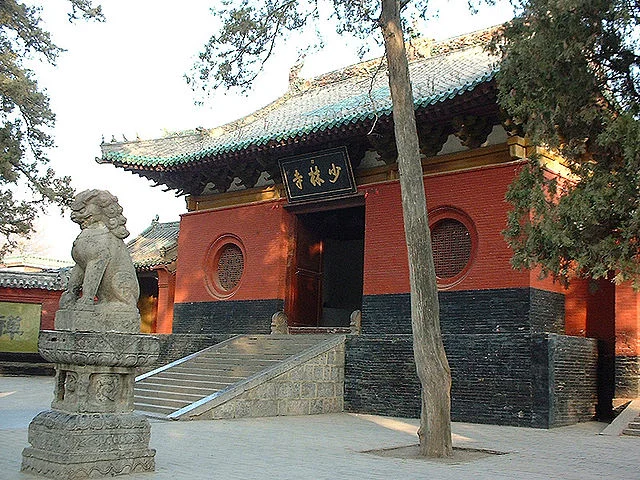Shaolin Monastery, located in the Henan Province of China, stands as one of the most iconic temples in Chinese history. Known primarily for its deep connection to Chan Buddhism and martial arts, this monastery has endured centuries of cultural and historical significance. Established in AD 495, the monastery is still active and holds a prominent place in both religious and martial traditions.
Get your dose of History via Email
Founding and Historical Context
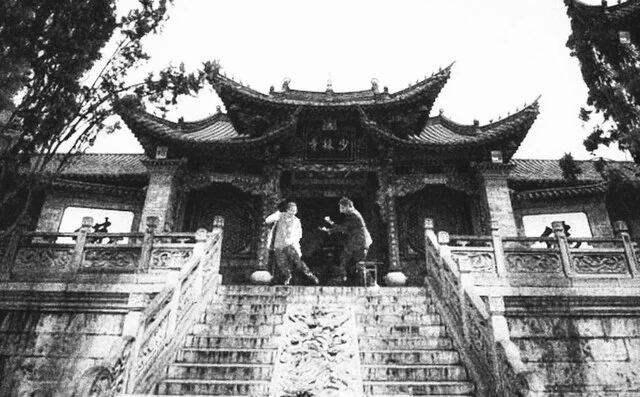
In AD 495, Emperor Xiaowen of the Northern Wei Dynasty commissioned the construction of the Shaolin Monastery on Mount Song. The purpose was to house the Indian monk Buddhabhadra (known as Batuo in Chinese), who came to China to spread Buddhist teachings. With the support of the imperial family, the monastery quickly became a respected center for Buddhism, attracting students and monks from across China and beyond.
During the Sui (AD 581–618) and Tang (AD 618–907) Dynasties, Shaolin’s reputation grew. The Tang Emperor Taizong was especially supportive, granting the monastery privileges and land after Shaolin monks aided him in battle. This era marked a significant shift, as Shaolin monks began incorporating martial practices into their spiritual lives.
Development of Chan Buddhism at Shaolin
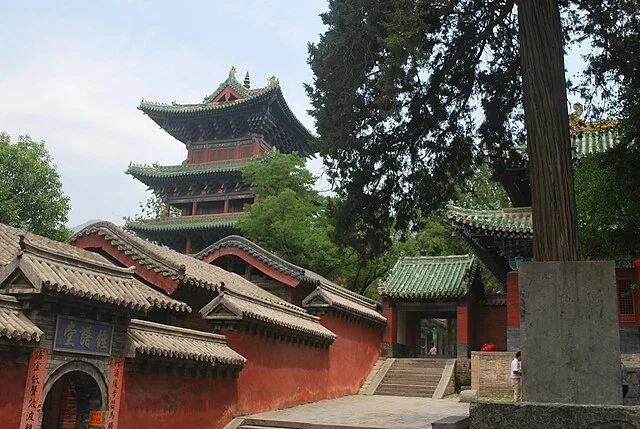
The monastery is widely credited as the birthplace of Chan (Zen) Buddhism. In the early 6th century, the Indian monk Bodhidharma arrived in China and, according to legend, resided at Shaolin Monastery. There, he introduced a form of meditation that focused on self-awareness and direct experience over scripture and ritual. His teachings became known as Chan Buddhism, emphasizing simplicity, meditation, and discipline.
Over time, Chan Buddhism became one of China’s most influential schools of Buddhism. Shaolin Monastery played a central role in its spread, as monks who trained there traveled across China to teach its principles.
Martial Arts Tradition
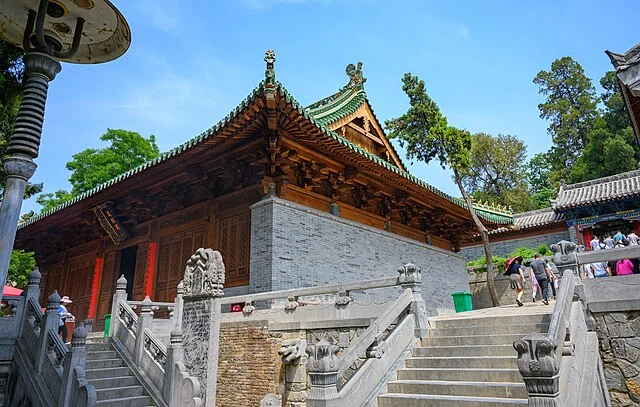
Shaolin Monastery’s martial arts tradition is legendary. Although martial practices were not originally part of Buddhist teachings, the monks developed these skills for self-defense and discipline. The monastery’s location on Mount Song, which was often subject to bandit attacks, made martial arts training necessary for survival.
Over centuries, Shaolin monks refined a system of combat techniques that became known as Shaolin Kung Fu. This martial discipline, centered on both physical and mental training, emphasized agility, strength, and mindfulness. As Shaolin Kung Fu gained popularity, its techniques spread beyond the monastery, influencing martial arts practices across Asia.
In addition to combat training, Shaolin monks incorporated exercises to enhance health and fitness, such as the “Eighteen Arhat Hands,” a sequence of movements aimed at improving physical endurance and meditation focus. Shaolin Kung Fu later became a foundational influence on many East Asian martial arts, including Japanese and Korean styles.
Decline and Revivals
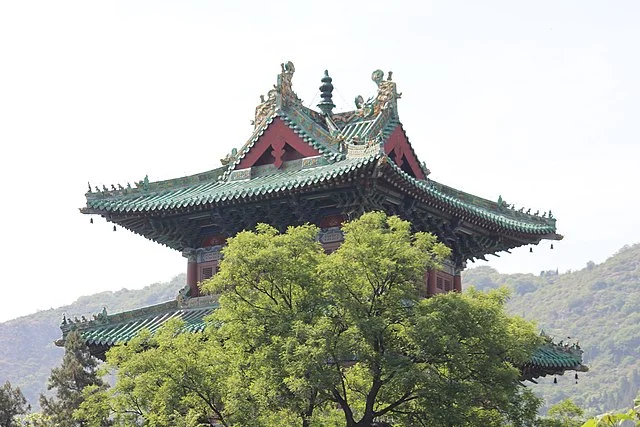
Throughout its history, Shaolin Monastery has faced periods of decline, destruction, and revival. In 1644, after the fall of the Ming Dynasty, the new Qing rulers viewed Shaolin monks with suspicion, fearing their military training. As a result, the monastery’s activities were restricted, and Shaolin’s influence diminished.
The monastery suffered again during the Boxer Rebellion (1899–1901) and the Cultural Revolution (1966–1976), when anti-religious policies led to its partial destruction. However, in the late 20th century, the Chinese government recognized the cultural and historical value of Shaolin Monastery and undertook restoration efforts.
Since the 1980s, Shaolin has experienced a resurgence, attracting tourists, martial artists, and spiritual seekers worldwide. The site has been restored, and the government officially designated it a key cultural heritage location. Today, it operates as both a functioning monastery and a martial arts training center, bridging ancient traditions with modern interests.
Shaolin Monastery’s Influence on Popular Culture
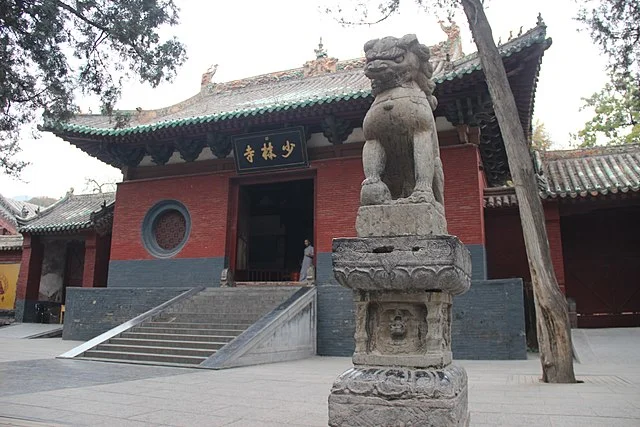
The legacy of Shaolin Monastery extends beyond religious and martial traditions. Its association with Kung Fu has inspired a vast body of literature, films, and television series. Starting in the 1970s, Hong Kong cinema brought Shaolin’s martial arts culture to a global audience, creating a lasting fascination with the monastery and its legendary monks.
In recent decades, Shaolin Monastery has become a tourist destination and a symbol of Chinese cultural heritage. Visitors can observe Shaolin martial arts demonstrations, tour historical sites within the monastery, and experience the deep-rooted traditions of Chan Buddhism.
Architectural Significance
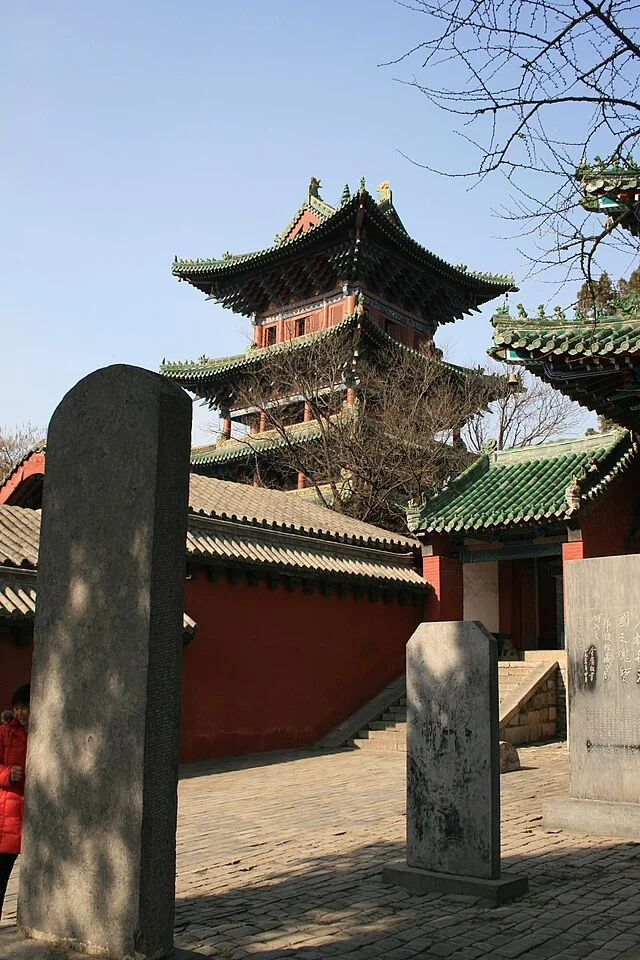
Shaolin Monastery’s architecture reflects its ancient roots and evolving role as a Buddhist and martial arts center. The main buildings include the Hall of Heavenly Kings, the Mahavira Hall, and the Pagoda Forest, a collection of more than 200 stone pagodas that house the remains of prominent monks.
The Pagoda Forest, in particular, showcases the unique architectural heritage of the monastery. These structures, dating back as early as the Tang Dynasty, vary in size and design, highlighting the distinct styles of different historical periods. Each pagoda honors a deceased monk and represents centuries of Shaolin’s enduring legacy.
Shaolin Monastery in the Modern Era
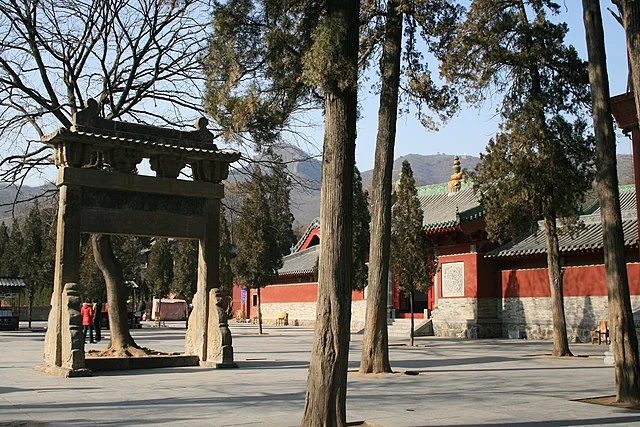
Today, Shaolin Monastery serves as both a religious site and a cultural monument. It attracts thousands of visitors, students, and practitioners each year. The monastery’s modern leadership continues to emphasize its founding principles of Buddhism while adapting to contemporary interest in martial arts and cultural heritage.
In addition to regular tours, Shaolin Monastery hosts martial arts competitions and international exchanges, preserving its traditions while promoting cultural diplomacy. The monastery has also established branch temples and schools globally, extending Shaolin’s teachings beyond China.
Conclusion
Shaolin Monastery stands as a testament to China’s rich spiritual and martial heritage. Since its founding in AD 495, the monastery has shaped Buddhism and martial arts, withstanding conflicts, destruction, and political challenges. Today, it continues to be a center for Chan Buddhism and Shaolin Kung Fu, bridging history and modernity.
Shaolin Monastery’s enduring appeal lies in its ability to adapt while preserving its ancient traditions. Its legacy continues to inspire generations, making it a vital part of China’s cultural heritage.
Source:

